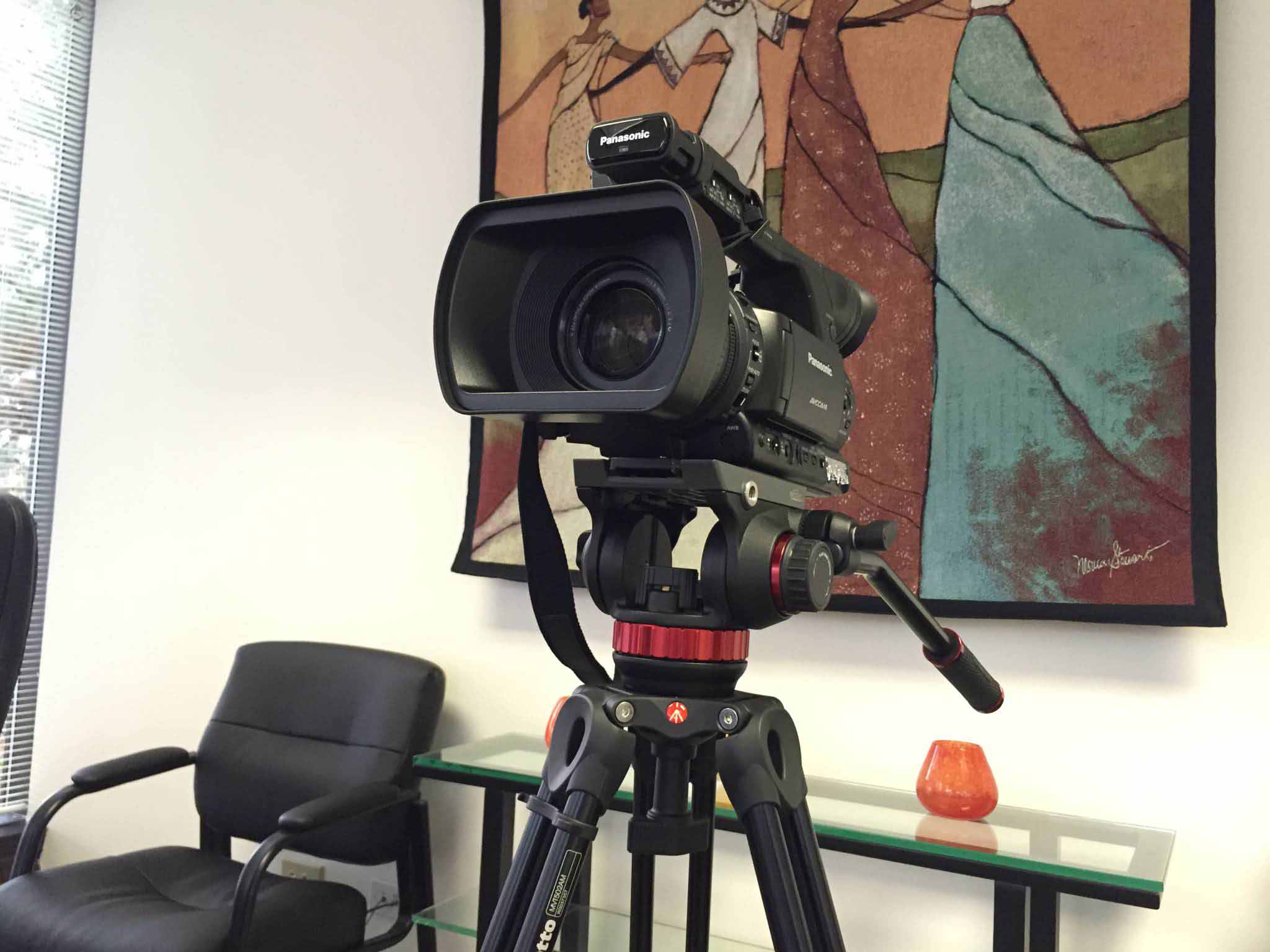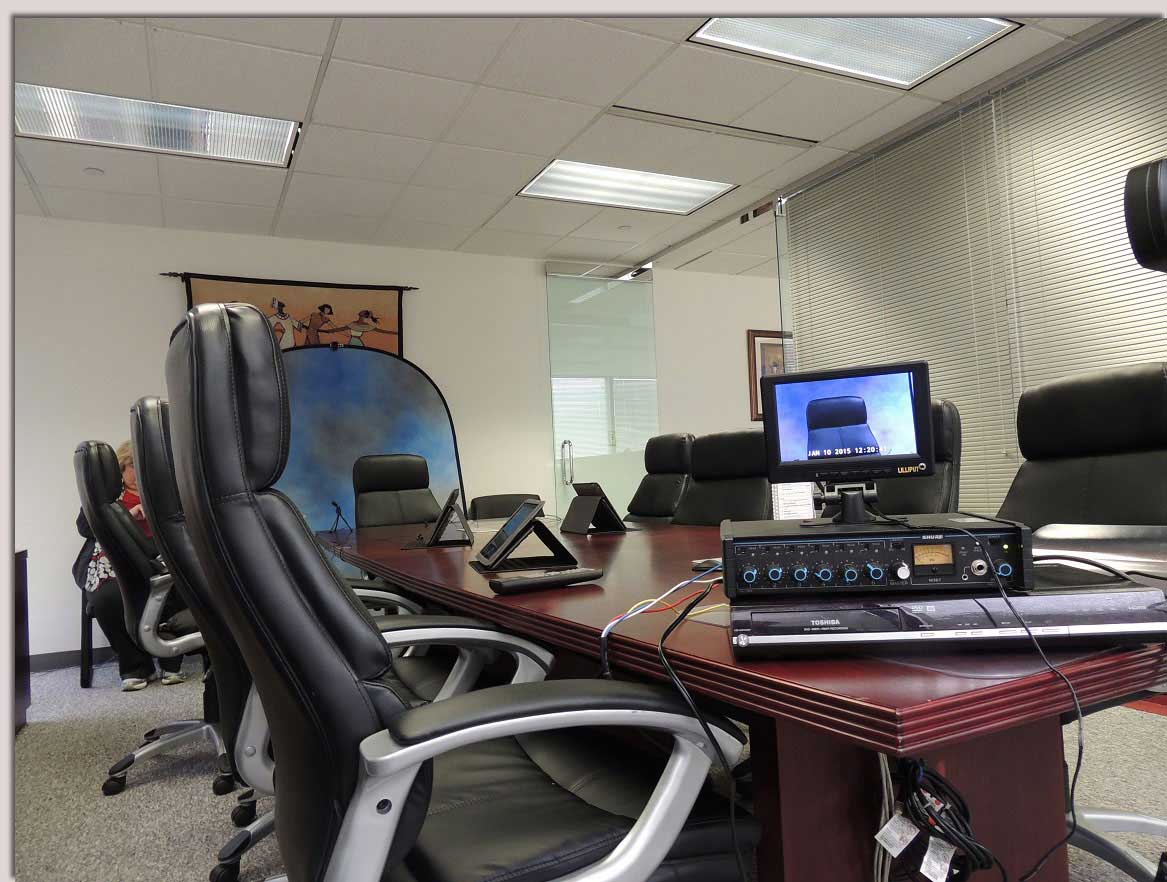How Legal Videography Helps in Preserving Vital Evidence for Litigation
How Legal Videography Helps in Preserving Vital Evidence for Litigation
Blog Article
Why Lawful Videography Is Vital for Accurate Court Recordings
The function of legal videography in court room settings can not be overstated, as it works as an essential tool for protecting the honesty of court records. By capturing both verbal and non-verbal communication, it boosts the clearness of witness statements and reflects the subtleties of court communications. This detailed paperwork not only help in decreasing possible misunderstandings yet also sustains appellate testimonials, thereby strengthening the judicial procedure. The effects of incorporating lawful videography into common courtroom practices raise important questions about its wider influence on the lawful system. What might these effects require?
Value of Visual Proof
In the realm of legal process, the significance of visual proof can not be overemphasized. Aesthetic proof acts as a powerful tool in developing truths, affirming statements, and improving the overall clearness of a case. This kind of evidence, that includes photographs, videos, and diagrams, can provide a tangible context that verbal descriptions commonly lack, consequently providing juries and judges a clearer understanding of the circumstances surrounding a case.
Furthermore, visual evidence aids in the retention of info. Human cognition is inherently aesthetic, and people are more likely to remember and understand info offered in an aesthetic layout. In the court room, this can be vital, as compelling aesthetic proof can sway point of views and enhance the story offered by legal representatives.
Furthermore, the use of aesthetic proof can minimize misunderstandings and obscurities that often arise from spoken exchanges. By offering a straight depiction of occasions, aesthetic proof helps to remove subjective interpretations and promotes a more unbiased examination of the realities. The integration of aesthetic proof into legal process not only enhances the stability of the judicial procedure but additionally improves the possibility of attaining a simply outcome.
Recording Non-Verbal Signs
Making use of sophisticated videography methods can considerably enhance the capture of non-verbal signs during lawful proceedings. Non-verbal interaction, consisting of faces, body movement, and eye get in touch with, plays an essential duty in conveying emotions and purposes that may not be clearly mentioned in spoken testament. legal videography. Lawful videography uses high-definition electronic cameras and critical angles to make sure that these subtle signs are tape-recorded with clearness and precision
The capacity to analyze non-verbal habits can offer important context to declarations made throughout court sessions. A witness's reluctance or confidence can be interpreted via their position or gestures, possibly influencing the jury's assumption of reliability. Furthermore, making use of close-up shots can aid concentrate on a speaker's expressions, permitting an extra nuanced understanding of the testimony.
Additionally, integrating multiple video camera angles can create an extensive view of interactions, highlighting characteristics between events included. This diverse technique not only boosts the precision of the court record however also aids in maintaining the integrity of the judicial process - legal videography. Ultimately, recording non-verbal signs with lawful videography cultivates a richer, more complete depiction of court proceedings

Enhancing Testament Reliability
The integrity of testimony can be substantially strengthened with making use of high-grade lawful videography. More hints Video recordings work as an objective medium that records not only the spoken words of witnesses yet likewise the nuances of their distribution, consisting of tone, pacing, and emotional expressiveness. This diverse documentation offers a clearer understanding of the witness's trustworthiness and intentions, which can be crucial in lawful process.
Additionally, lawful videography lessens the potential for false impressions that might develop from written transcripts alone. When jurors can observe a witness's behavior and body language combined with their testament, they are better outfitted to analyze the authenticity and dependability of the proof presented. This aesthetic context can strengthen the testimonial story, making it much more engaging and qualified.
Additionally, the presence of a video recording can discourage possible disparities in testimony. Witnesses might be a lot more cautious in their statements when they recognize they are being recorded, resulting in more accurate and truthful accounts. Generally, premium lawful videography improves the integrity of testament, making certain that the court has access to a full and truthful representation of the facts as communicated by the witnesses.
Sustaining Appeals and Reviews
Lawful videography plays an essential function in sustaining allures and reviews by providing an extensive aesthetic record of court room proceedings. This aesthetic paperwork catches not just the spoken words of witnesses and attorneys however also the nuances of body language, tone of voice, and courtroom dynamics. Such elements can be critical in recognizing the context of testimonies and arguments provided.
In the appellate procedure, where the focus is on mistakes of regulation and procedural fairness, a video clip record can function as a crucial tool for appellate courts. It makes it possible for judges to assess the initial trial context, ensuring that choices are based upon a total understanding of the proceedings. The capacity to visually assess the temperament of witnesses or the official website communications between events can expose insights that written records might overlook.

In addition, lawful videography can help in clearing up obscurities in statements or procedural rulings, therefore reinforcing the basis for an appeal. By supplying a reliable, unbiased account of what transpired in court, legal videography not only supports the integrity of the lawful procedure yet likewise encourages all celebrations included to make educated choices concerning their instances.
Simplifying Court Room Processes
Enhancing court room effectiveness, lawful videography streamlines procedures by offering prompt accessibility to visual documents of proceedings. This technology enables judges, attorneys, and juries to review essential testament and evidence, guaranteeing that all celebrations have a clear understanding of the instance. By catching the nuances of verbal and non-verbal communication, videography enriches the document, making it simpler to comprehend the context and weight of testaments.

Additionally, video clip recordings can facilitate remote engagement in hearings, enabling better versatility in scheduling and engagement, which is specifically important in intricate situations involving multiple stakeholders.
Final Thought
Finally, legal videography plays a crucial function in ensuring exact court recordings by giving vital aesthetic proof that captures both spoken and non-verbal communication. This method boosts the reliability of statements, supports appellate reviews, and streamlines court processes. By fostering a detailed understanding of court room dynamics, legal videography ultimately contributes to a lot more fair judicial results, strengthening the integrity of the lawful system and facilitating educated decision-making.
Report this page